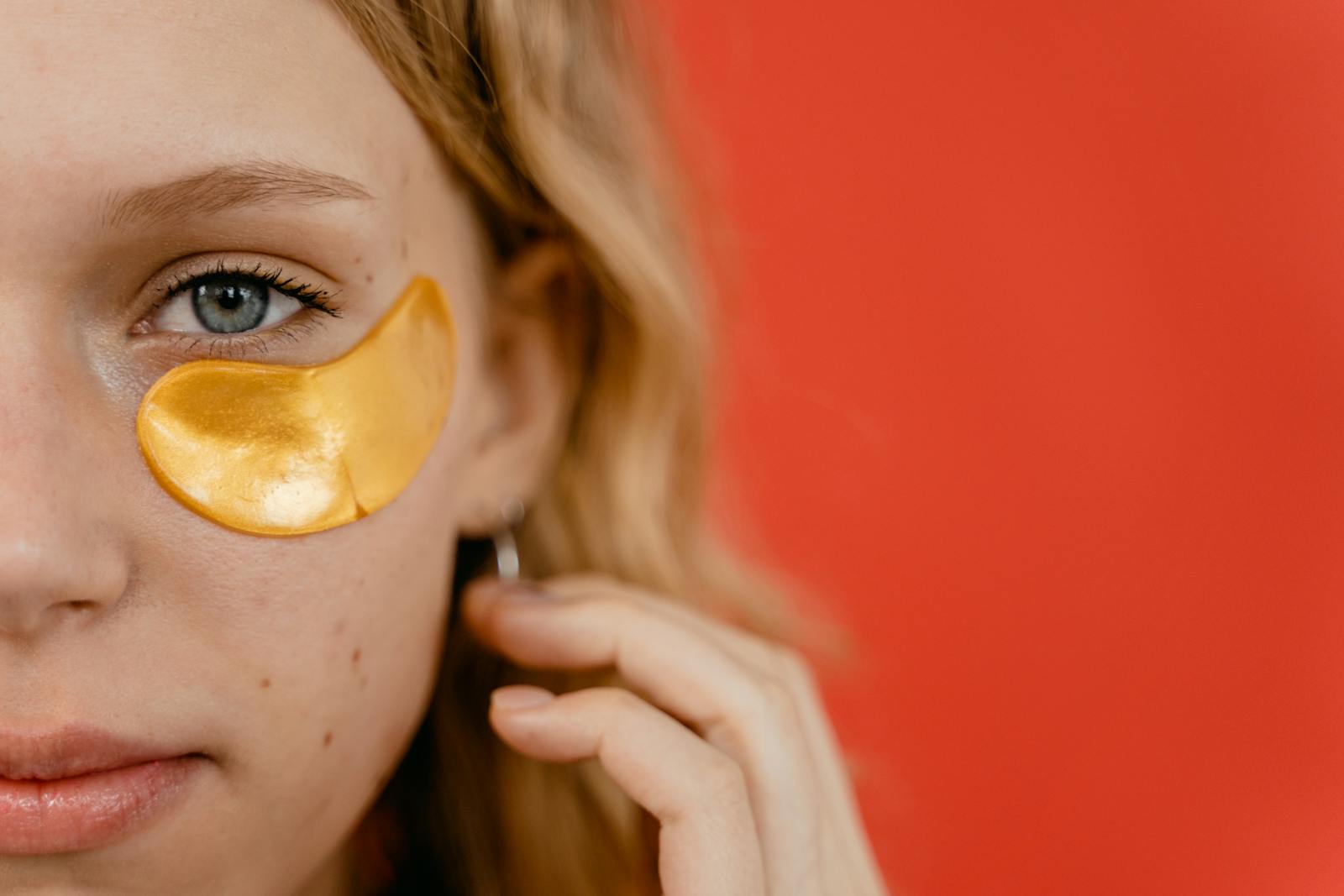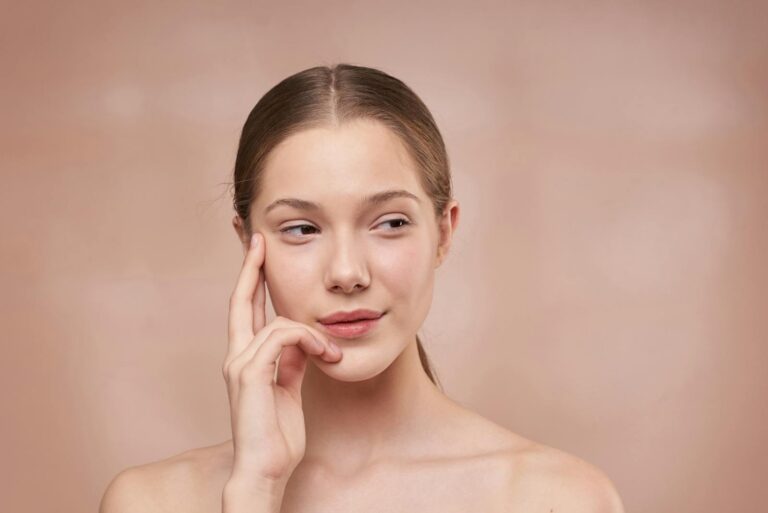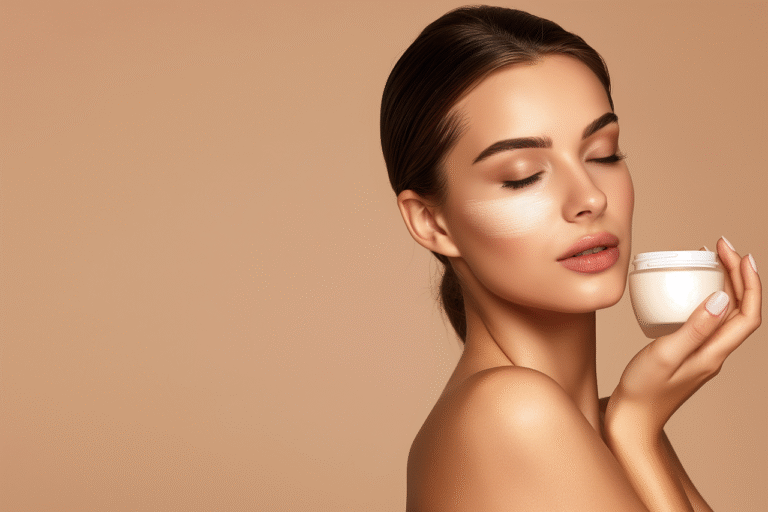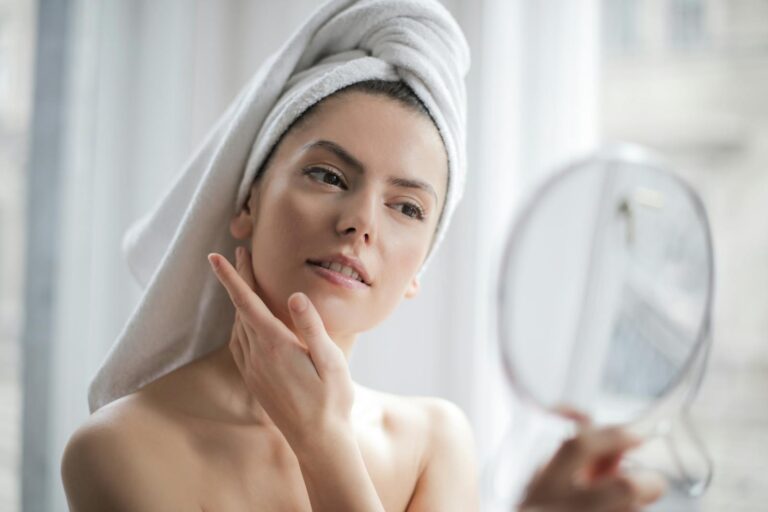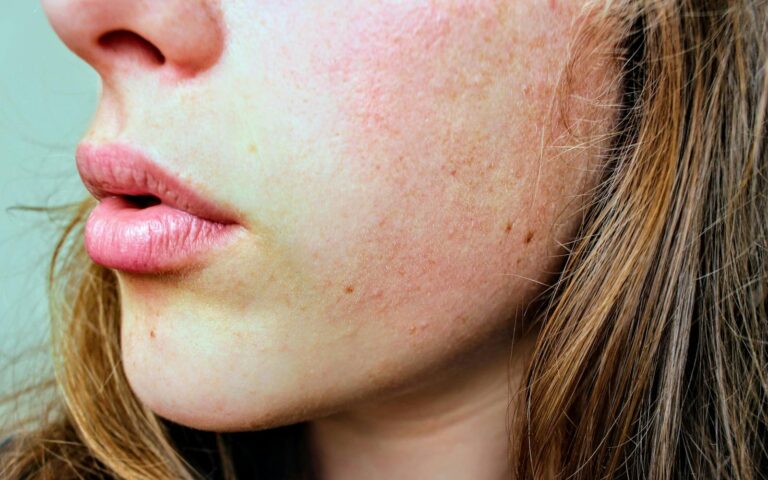Puffiness around your eyes can be a frustrating issue, often caused by factors like lack of sleep, allergies, or fluid retention. Fortunately, there are numerous natural remedies you can try to reduce this unwanted swelling. Incorporating methods such as applying cool compresses, using tea bags, or even adjusting your diet can effectively minimize puffiness. In this blog post, you will discover various simple yet effective strategies to help you achieve a refreshed and vibrant appearance, ensuring that your under-eye area looks its best.
The Science Behind Under-Eye Puffiness
Identifying Common Causes
Understanding the underlying causes of under-eye puffiness can significantly enhance your approach to treatment. One of the primary contributors is fluid retention, which can occur due to a variety of factors such as lack of sleep, poor diet, and even allergies. When your body retains excess fluid, it often settles around the delicate skin beneath your eyes, leading to a swollen appearance. Moreover, aging plays a vital role, as the skin naturally loses elasticity and the fat pads that once supported the under-eye area can begin to sag, resulting in noticeable puffiness.
Environmental factors also contribute to puffiness. Increasing exposure to allergens like pollen or dust can cause inflammation, leading to temporary swelling. Consuming high-sodium foods can exacerbate fluid retention, particularly around your eyes. Additionally, excessive alcohol intake can dehydrate your body, prompting it to hold onto water in the tissues, further worsening puffiness. Understanding these causes equips you with the knowledge to address them effectively.
The Role of Genetics and Lifestyle Factors
Your genetic background can predispose you to under-eye puffiness, making it more of a challenge to combat. If your family members have struggled with bags or dark circles, there’s a good chance you might too. This genetic trait can affect the thickness and elasticity of the skin in that area, resulting in a more pronounced appearance of puffiness. However, changes in lifestyle can profoundly impact how this genetic predisposition manifests.
Lifestyle choices, such as your sleep patterns, hydration levels, and nutritional intake, are instrumental in managing under-eye puffiness. Getting adequate rest allows your body to recuperate and helps reduce swelling. Moreover, staying hydrated keeps tissues healthy and flushes out excess sodium, which, in turn, mitigates fluid retention. Regular physical activity promotes blood circulation, potentially reducing puffiness through enhanced lymphatic drainage. The incorporation of healthy habits is important to counter any genetic predisposition.
- Common causes of under-eye puffiness include fluid retention and aging.
- Environmental factors, like allergens and high sodium intake, can exacerbate the problem.
- Your genetic background plays a key role in the predisposition to puffiness.
- Lifestyle choices, like hydration and sleep patterns, significantly influence puffiness.
Utilizing a holistic approach to your lifestyle can provide significant improvements in the appearance of puffiness. Adopting daily habits that support your skin’s health—choosing nutrient-dense foods, paying attention to hydration, managing stress levels, and prioritizing sleep—will not only help combat under-eye puffiness but will also promote overall well-being. The transformation starts with you.
- Changing your lifestyle can greatly reduce puffiness.
- Healthy habits contribute to the overall health of your skin.
- Incorporating a balanced diet is crucial for managing under-eye issues.
- Your daily routines will set the foundation for how your skin appears.
Nature’s Remedies: Topical Solutions
Cucumber and its Cooling Properties
Utilizing cucumber slices is a popular and effective method for reducing under-eye puffiness due to their natural cooling properties. The high water content of cucumbers—about 95%—helps hydrate and soothe your skin, making it an excellent choice for rejuvenation. Simply chilling the cucumber in the refrigerator before slicing it enhances its cooling effect further. When you place the slices over your closed eyelids, the coolness constricts blood vessels, which can help diminish swelling and redness.
In addition to their cooling effects, cucumbers are rich in antioxidants, vitamins C and K, and silica, all of which contribute to skin health. By incorporating cucumber into your skincare routine, not only are you providing an instant cooling sensation, but you’re also nourishing your skin, helping it look brighter and fresher.
Green Tea Bags: A Soothing Approach
Green tea bags offer a soothing solution to combat under-eye puffiness, harnessing the power of antioxidants and anti-inflammatory properties. These bags can reduce swelling significantly thanks to their caffeine content, which acts by constricting blood vessels and reducing excess fluid retention. For best results, steep two green tea bags in hot water for about 3-5 minutes, then allow them to cool in the refrigerator. When they are cool, place the bags over your eyes for 15-20 minutes, and enjoy the calming effects.
Green tea also contains tannins, which help tighten the skin and reduce puffiness. Many people have reported seeing visible improvements in their under-eye area after using this method regularly. Additionally, the process of taking a short break to pamper yourself with green tea bags can provide a mental respite, letting you feel rejuvenated both physically and mentally.
Food for Thought: Dietary Adjustments
Hydration and its Impact on Puffiness
Under-eye puffiness can often be linked to your hydration levels. When your body is dehydrated, it retains water, leading to swelling and puffiness, especially around your eyes. To combat this, aim to drink at least eight 8-ounce glasses of water daily. Consider incorporating hydrating foods into your diet, such as cucumbers, watermelon, and oranges, which can contribute to your overall fluid intake. Additionally, reducing your intake of diuretics, like caffeine and alcohol, can help you maintain a balance in your hydration levels, thereby reducing the likelihood of puffy eyes.
Paying attention to the timing of your hydration can make a significant difference. Consuming enough fluids throughout the day and tapering off in the evening can prevent overnight water retention. You might notice that simply being more mindful of your water intake can help improve your skin’s appearance, leading to a brighter, less puffy under-eye area.
Anti-Inflammatory Foods to Incorporate
Inflammation plays a significant role in the development of under-eye puffiness. Incorporating anti-inflammatory foods into your diet can help reduce swelling and improve your overall skin health. Foods rich in omega-3 fatty acids, such as salmon, walnuts, and flaxseeds, are excellent choices. These sources not only provide necessary fats but also aid in reducing inflammation throughout your body, leading to a calmer, less puffy eye appearance.
Brightly colored fruits and vegetables, such as berries, spinach, and sweet potatoes, are packed with antioxidants that combat inflammation. Including turmeric and ginger in your meals can further enhance their anti-inflammatory benefits. Aiming for a balanced diet rich in whole foods will not only improve your under-eye area but also promote your overall well-being.
Pairing these anti-inflammatory foods with a healthy lifestyle can amplify their effects. For example, regular exercise aids in circulation, which can help flush out toxins from your body, reducing the likelihood of puffiness and promoting healthier skin. Combine these dietary choices with consistent hydration, and you’ll notice a significant improvement in the appearance of your under-eye area.
Lifestyle Tweaks for Persistent Issues
The Importance of Sleep Quality
Quality sleep serves as a powerful ally against under-eye puffiness. A full night’s rest allows your body to rejuvenate and repair. During sleep, your body releases growth hormones and conducts crucial repairs, including reducing inflammation that contributes to puffiness. Aim for 7-9 hours of uninterrupted sleep each night to ensure you complete full sleep cycles, which are crucial for cellular rejuvenation. A study in the journal *Sleep Medicine* found that individuals who logged fewer than six hours of sleep exhibited significantly more pronounced under-eye shadows and puffiness compared to those getting sufficient rest.
Creating a bedtime routine can enhance your sleep quality. Consider winding down an hour before bed by dimming lights and avoiding screens, as blue light can interfere with melatonin production. You might find it helpful to establish a consistent sleep schedule, going to bed and awakening at the same times daily, as this helps regulate your circadian rhythm, resulting in deeper and more restorative sleep.
Stress Reduction Techniques
Elevated stress levels can exacerbate under-eye puffiness by triggering the release of cortisol, a hormone that leads to increased water retention. Integrating stress management practices into your daily routine may significantly diminish puffiness. Techniques such as mindfulness meditation, deep-breathing exercises, and yoga have shown a marked impact on stress reduction, as outlined in a study published in *Health Psychology*. Engaging in these practices even for just 10-15 minutes can ground you and help maintain your emotional health.
Trying mindfulness techniques can be particularly beneficial. For instance, a simple deep-breathing exercise—taking a slow, deep breath in through your nose, holding it for a few seconds, and then slowly exhaling through your mouth—can promote relaxation and help lower stress levels that contribute to puffiness. Establishing a daily routine that includes physical activity can also be effective since exercise releases endorphins, which help elevate mood and diminish stress.
Targeted Exercises for Eye Area
Simple Massage Techniques
Incorporating simple massage techniques into your daily routine can lead to noticeable improvements in under-eye puffiness. Gently tapping or patting the area around your eyes with your fingertips stimulates blood circulation and lymphatic drainage, helping to alleviate some of that unwanted swelling. Start by using your ring finger, which exerts the least pressure, and begin at the inner corner of your eye, moving outward toward the temples in a circular motion. Doing this for just a few minutes each day can contribute to a brighter, more refreshed appearance.
You can also try using a cooling tool, such as a jade roller or a stainless steel eye tool, to enhance the massage experience. The cold surface helps constrict blood vessels, further diminishing puffiness. Aim to store these tools in the refrigerator, allowing you to reap the benefits of both the massage and the cooling effect on those delicate under-eye areas.
Facial Yoga: Strengthening for the Skin
Facial yoga, focused on strengthening and toning the muscles around your eyes, is another effective approach to combatting puffiness. Specific poses target the skin around your eyes, enhancing elasticity and promoting a firmer appearance. For instance, practicing the “surprised face” pose—opening your eyes wide while raising your eyebrows—can engage the upper eyelid muscles, reducing droopiness and puffiness over time. Combining several facial exercises into a short routine will build a stronger support system for your skin in the long run.
Including these movements in your daily rituals is about consistency rather than intensity. Just a few minutes of facial yoga daily can yield positive results, often after only a few weeks of practice. Engaging in these exercises not only tones your eye area but can also contribute to an overall sense of relaxation, helping to counteract the stress and fatigue that can exacerbate puffiness.
To Wrap Up
With this in mind, addressing under-eye puffiness naturally allows you to sidestep harsh chemicals and invasive treatments, empowering you to take charge of your skincare routine. By incorporating simple lifestyle changes such as staying hydrated, improving your sleep patterns, and utilizing soothing remedies like cold compresses or herbal tea bags, you can effectively reduce puffiness. Additionally, incorporating anti-inflammatory foods into your diet can provide long-term benefits, enhancing your overall skin health while targeting those stubborn bags under your eyes.
Ultimately, consistency and self-awareness play important roles in your journey to diminish under-eye puffiness. By actively listening to your body’s needs and tailoring your approach accordingly, you can achieve a fresher, brighter appearance that boosts your confidence. Embrace these natural methods as part of your daily regimen, and you’ll likely find satisfying results that contribute to your overall well-being and vitality.

